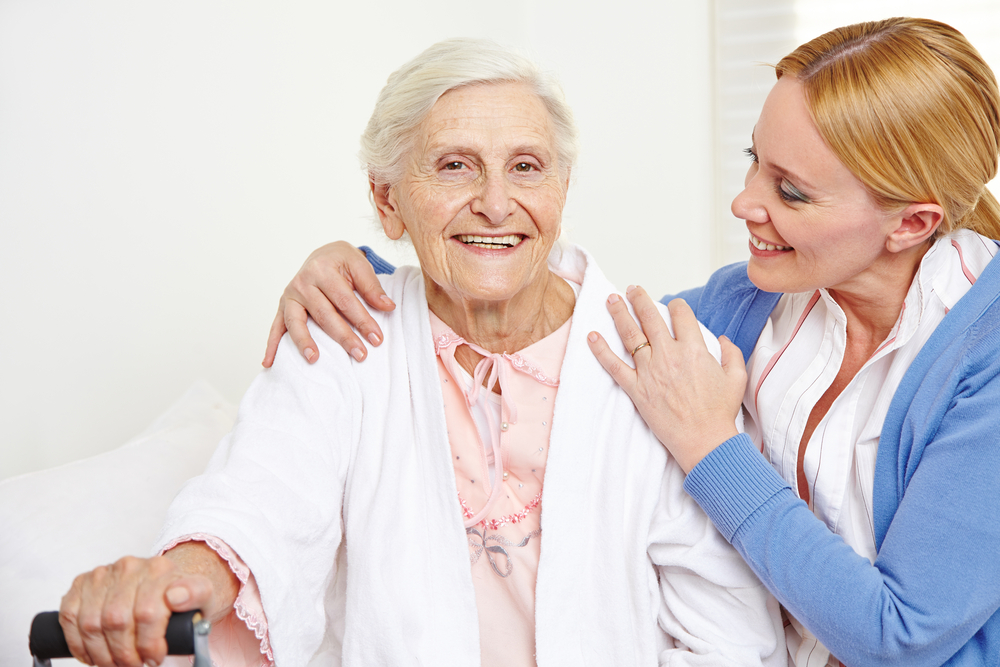Senior Incontinence: Types, Causes, and Management Strategies
This article explores the various types and causes of incontinence in seniors, highlighting effective treatment options including medications, devices, and surgical procedures. Emphasis is placed on managing symptoms and maintaining skin health for elderly patients.

Senior Incontinence: Types, Causes, and Management Strategies
Incontinence among elderly individuals is a widespread issue closely linked to age-related health changes. Factors such as mobility limitations, visual impairments, cognitive decline, depression, and diminished manual skills can hinder timely bathroom access or quick undressing. Addressing these challenges involves a combination of physical therapy, targeted exercises, and the use of highly absorbent adult diapers. In more severe cases, urinary catheters may be necessary to manage urine output.
Mixed incontinence, characterized by both stress and urgency leaks, can be treated with medications like anticholinergics, as well as medical devices including urethral inserts, pessaries, Botox treatments, and nerve stimulation devices. When conservative therapies are ineffective, surgical procedures such as sling operations and bladder lifts can be considered. Ensuring proper hygiene is critical to avoid skin infections and preserve skin health.


